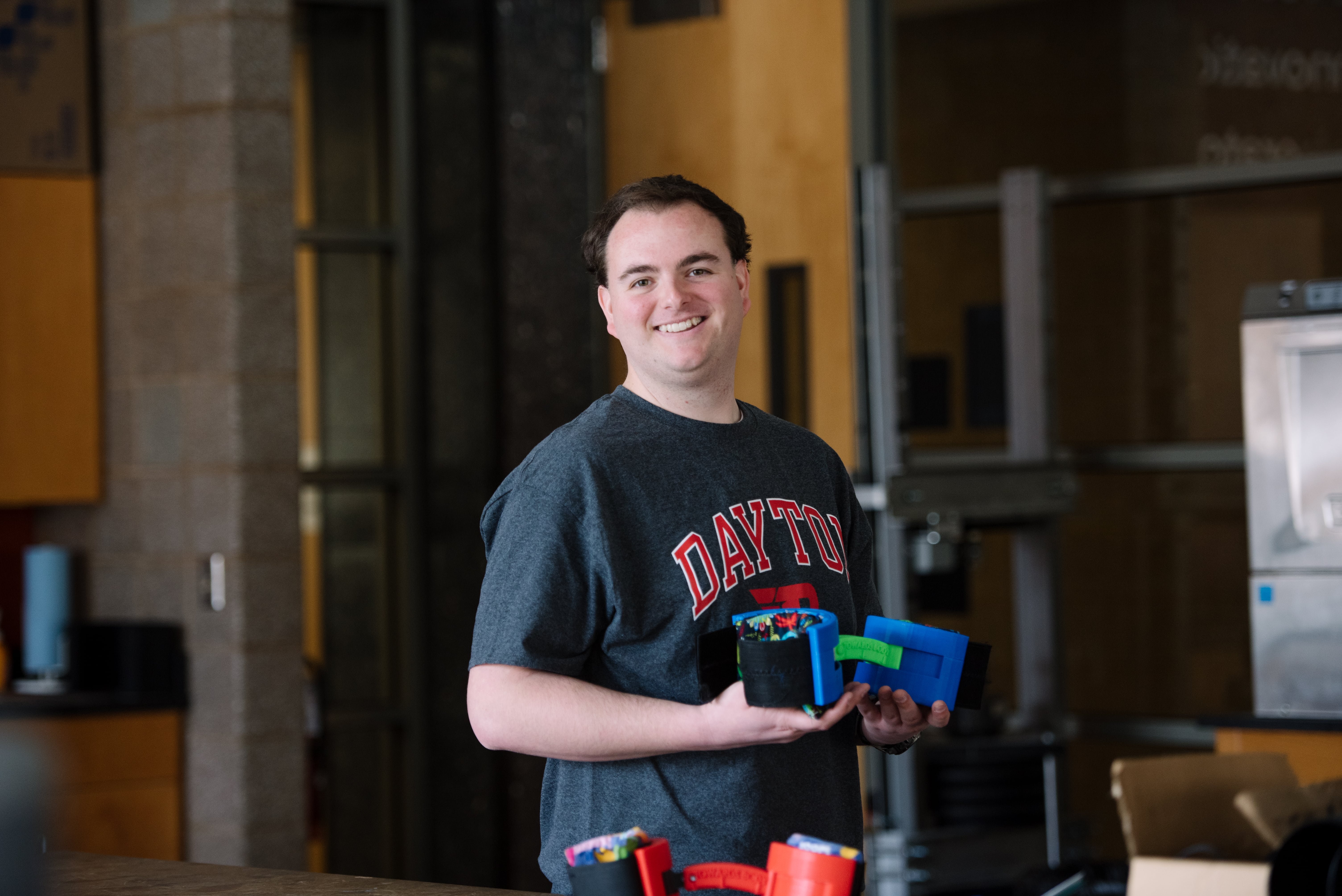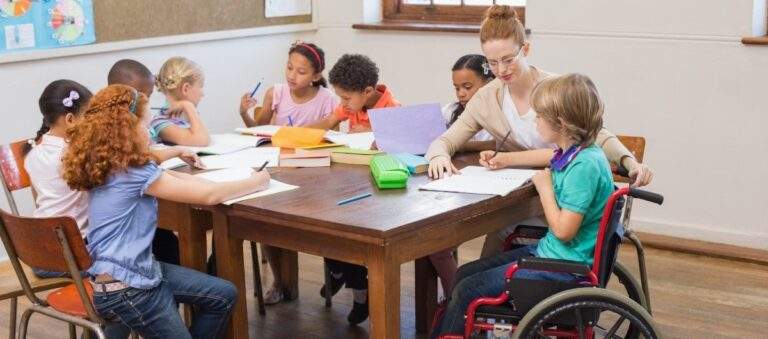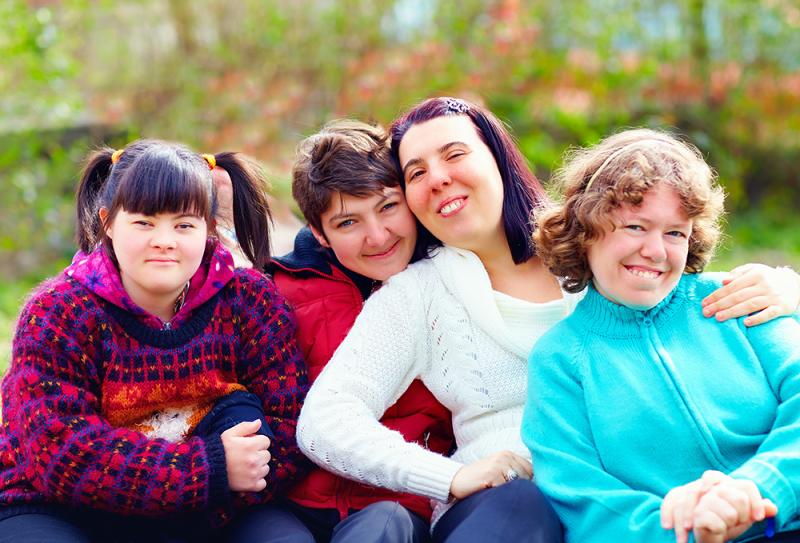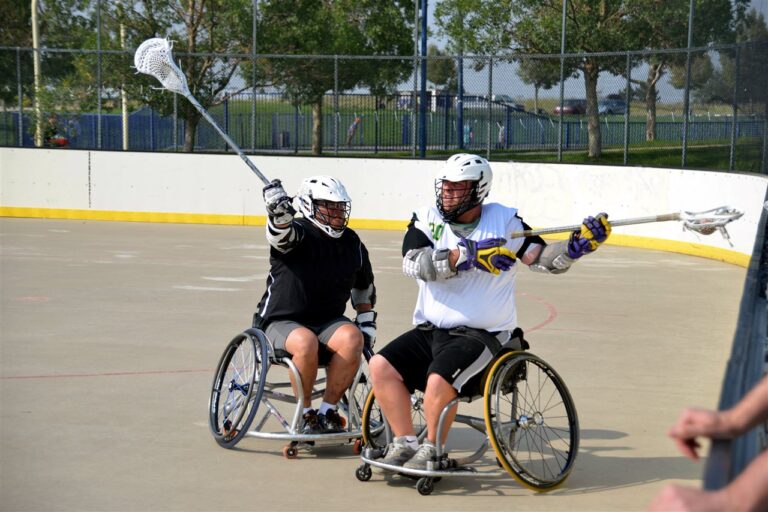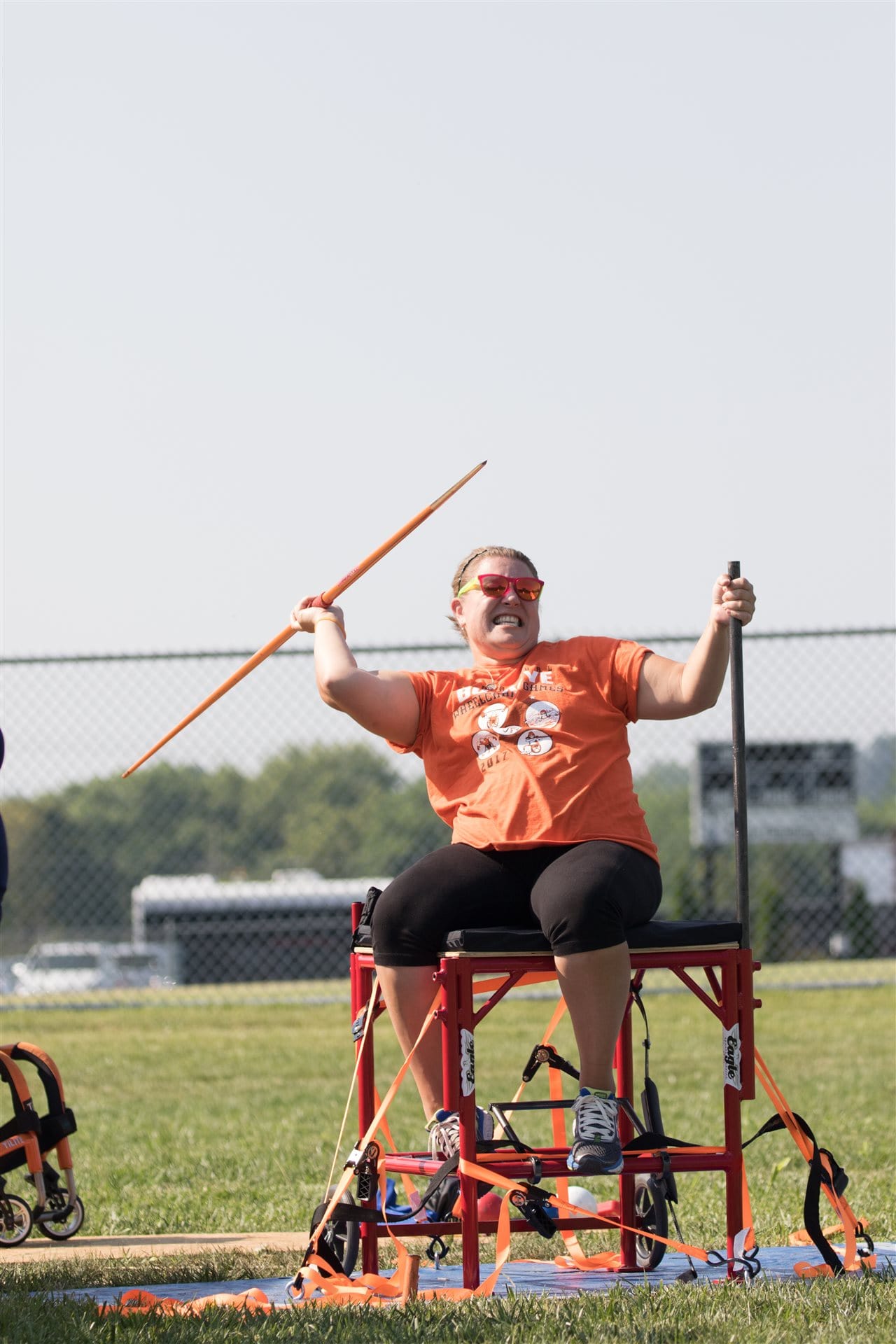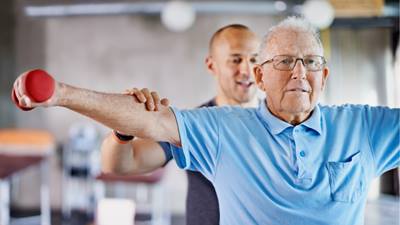By Jesse Radloff, LMHC, Licensed Mental Health Counselor
If you have a mental health issue or unhealthy behavior you want to address, your doctor may recommend therapy. One of the most frequently used therapies is behavioral therapy.
Types of Behavioral Therapy
At their core, behavioral therapies are action-oriented interventions that help you change an unhelpful behavior and increase a helpful one. This happens through repetition and activities that replace the old learning of unhelpful behaviors with new learning.
Classical conditioning pairs something neutral with something that provokes a response. An example of this is with the famous research of Pavlov’s dogs, where dogs began associating a bell (something neutral) with food (something that provoked a response).
Classical conditioning can help treat phobias and anxiety through techniques such as flooding and systematic desensitization. By slowly exposing someone to something they fear, over and over and in a safe environment, the fear or anxiety is reduced as you “unlearn” the fear response. Classical conditioning can be used to treat substance abuse by prescribing medications that make you ill when you use an abused substance (usually Antabuse treatment for alcoholism), so you associate not feeling well with alcohol.
Operant conditioning uses a system of rewards and punishments to increase or decrease behaviors to teach what the desired behavior is. Operant conditioning is frequently used to treat behavioral problems in classrooms or homes. An example is when a child earns tokens to get rewards for good behaviors or loses tokens for bad behavior. Additional types of operant conditioning include behavior contracts, time-outs and learning desired behaviors by observing others demonstrating them and having positive outcomes.

Cognitive behavioral therapy (CBT) is the most common type of behavioral therapy, with many subtypes. In essence, with CBT, the idea is that if you have unhelpful automatic thoughts, these can negatively influence your emotions. Your emotions then drive behavior. Often those negative or automatic thoughts do not accurately present reality, so CBT interventions help you recognize or change those automatic thoughts and manage how you perceive, interpret and react to the world. CTB therapies are used widely, particularly for anxiety, depression, anger, trauma, substance abuse, phobias, panic disorders and eating disorders. CBT also may be used with varying success for ADHD and bipolar disorders.
Dialectical behavioral therapy (DBT) is a spinoff of CBT and used primarily to treat borderline personality disorder. It also has been used to treat substance abuse, eating disorders and self-harming behaviors. DBT is highly structured, with the majority of therapy taking place in the office. DBT therapy assumes that there is an inherent tension between opposites (i.e. self-acceptance versus recognizing the need to change), but that these opposites can be harmoniously integrated for a positive change.
DBT focuses on helping people develop four skills:
- Mindfulness (being in the moment)
- Distress tolerance (handling frustrating situations and uncomfortable emotions effectively)
- Interpersonal effectiveness (social skills)
- Emotional regulation (learning to cope with negative emotions and increase positive emotions by improving your relationship skills and self-management abilities)
Applied behavioral analysis (ABA) uses intensive and comprehensive observation of your behavior to determine specific interventions to help with behavior change. This extremely detailed observation helps the therapist clearly understand what conditions elicit or reinforce a negative behavior. Then, reward or punishment techniques can be systematically applied to move the behavior in the desired direction. The results of those interventions are then closely analyzed and adjusted to optimize the results. Ideally, ABA therapy is highly individualized. Although ABA is most commonly associated with autism spectrum disorders, it also has applications for adults and children with behavioral problems. ABA can even be used on a systems level to improve workplace efficiency.
Broad Applications of Behavioral Therapy
Behavioral therapy encompasses a much broader spectrum of therapies than most people realize. The underlying principles of behaviorism (which forms the foundation of behavioral therapy) inform many aspects of people’s lives, including organization workflows, classroom management and even architecture.

Who Needs Behavioral Therapy?
How do you know if you need behavioral therapy? When a behavior — such as acting out or rule-breaking — begins impairing your function in school, work or social areas, or you are having inappropriate behavior in social situations, behavioral therapy may help.
People with non-psychotic issues respond better to behavioral therapies. As with any therapeutic endeavor, being motivated greatly improves the likelihood of a positive outcome.
Even if behavioral therapy is not the best treatment for you, many other types of therapies exist that can help. Please seek help when you need it.
As increased awareness develops about the importance of mental health, the old stigma attached to obtaining care is changing. Talk with your doctor, counselor or advisor to find out the resources available to you.
Originally published by Orlando Health; reprinted with permission.





